Darn I found another invasive species. Autumn Olive is everywhere. The plant was introduced in the early 1900s. It is native to China, Japan, and Korea. Evidently, we needed more wildlife habitats and erosion control. It seems like we could have found native plants for the wildlife. The wildlife evolved to live here, and we should have natural habitats for them. The same with erosion control. Maybe that was before we acknowledged invasive species. Read more to find out the detrimental effects of Autumn Olive yet another invasive species.
Autumn Olive - General Growing Preferences
Autumn Olive is a deciduous shrub or small tree. It grows to about 20 feet tall. The plant thrives in disturbed areas, along roadsides, and along forest edges. It likes sun, so it is rarely found in the forest. It survives in a variety of soil conditions, but it doesn’t like really wet soils. In the photo, the Autumn Olive is the tree with the yellow flowers.
Autumn Olive – Plant Characteristics
The leaves are alternate on the stem. They are oval to lanceolate. Leaves are dark green on top. The underside is considerably lighter with silver undertones. Branches are long and almost willow like. In the spring, the plant produces light yellow colored clusters of flowers. They are quite lovely. In the fall, they produce juicy reddish, purple berries.
Autumn Olive is the perfect invasive species. These plants produce copious amounts of fruit. Birds love the fruit. As a result, the seeds are easily spread over long distances. Seeds germinate and plants establish easily. They have dense growth patterns. Plant branches are dense, tangled, and difficult to penetrate. As a result, they choke out native species. Even more of a problem, they are difficult to kill. Cutting back results in denser growth. Plants easily reshoot from stumps. In order to fully remove the plant, stumps must be ground out or treated with a herbicide.
Not to be confused with Russian Olive
Finally, Russian Olive is a similar invasive species. It looks almost identical to Autumn Olive except the berries are green, and it has thorns. It is also very adaptable with growing patterns similar to Autumn Olive. Although it has been found in Fairfax County, the plants in this article are Autumn Olive. These plants do not have thorns.
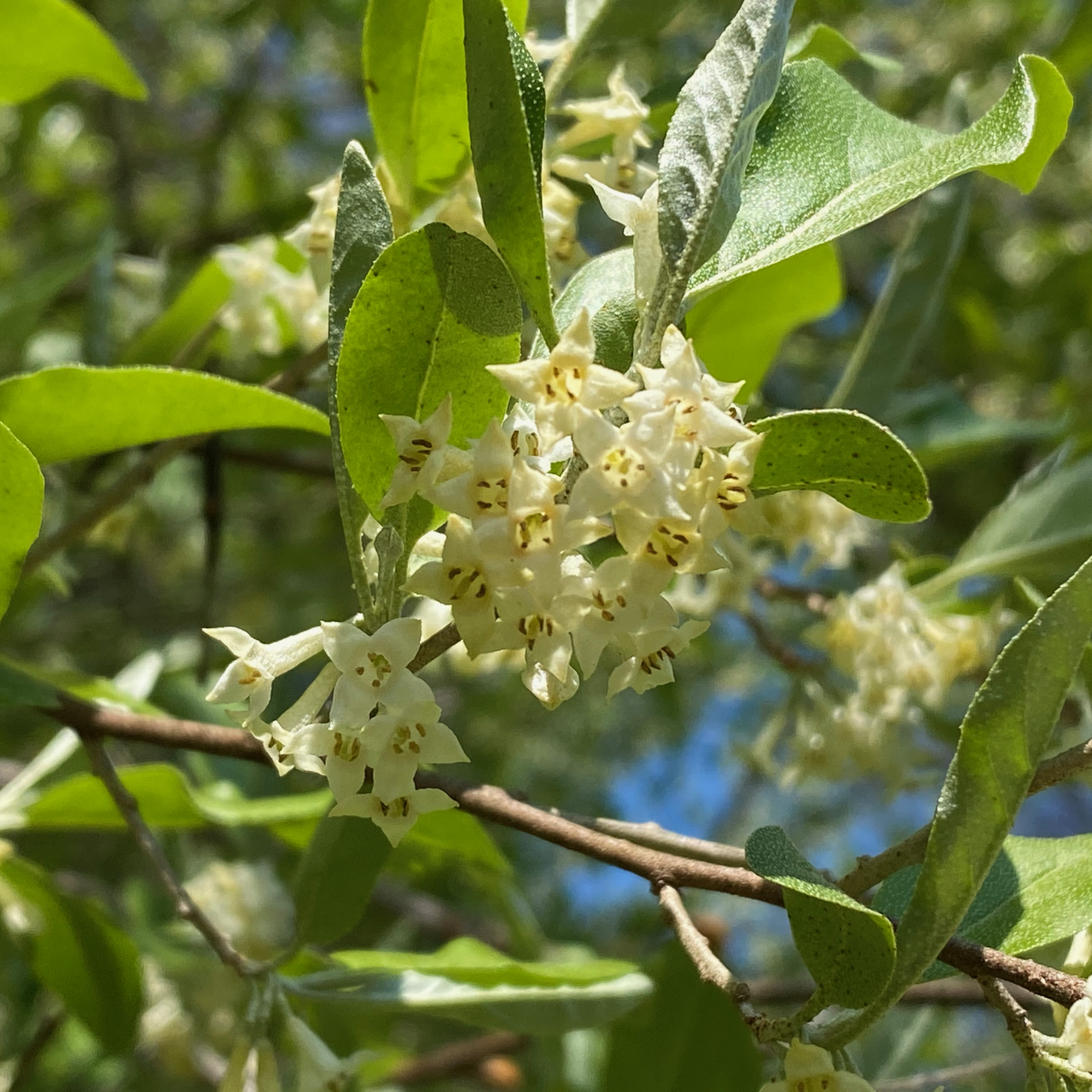
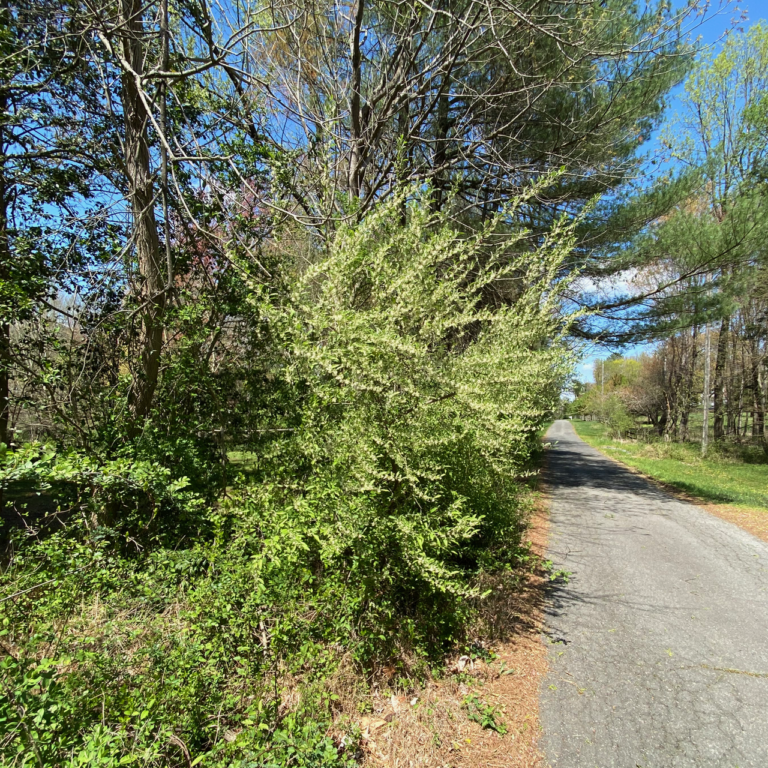
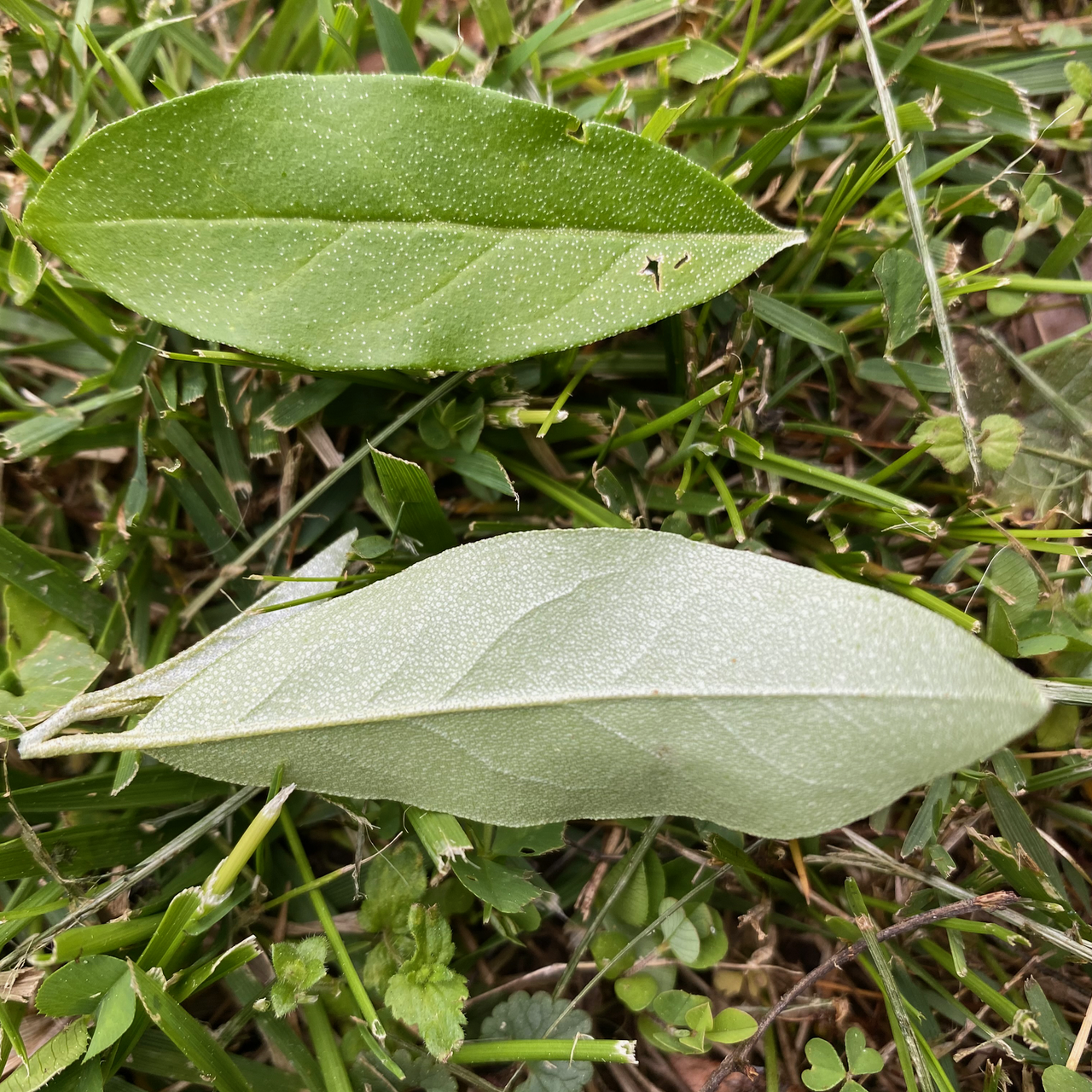
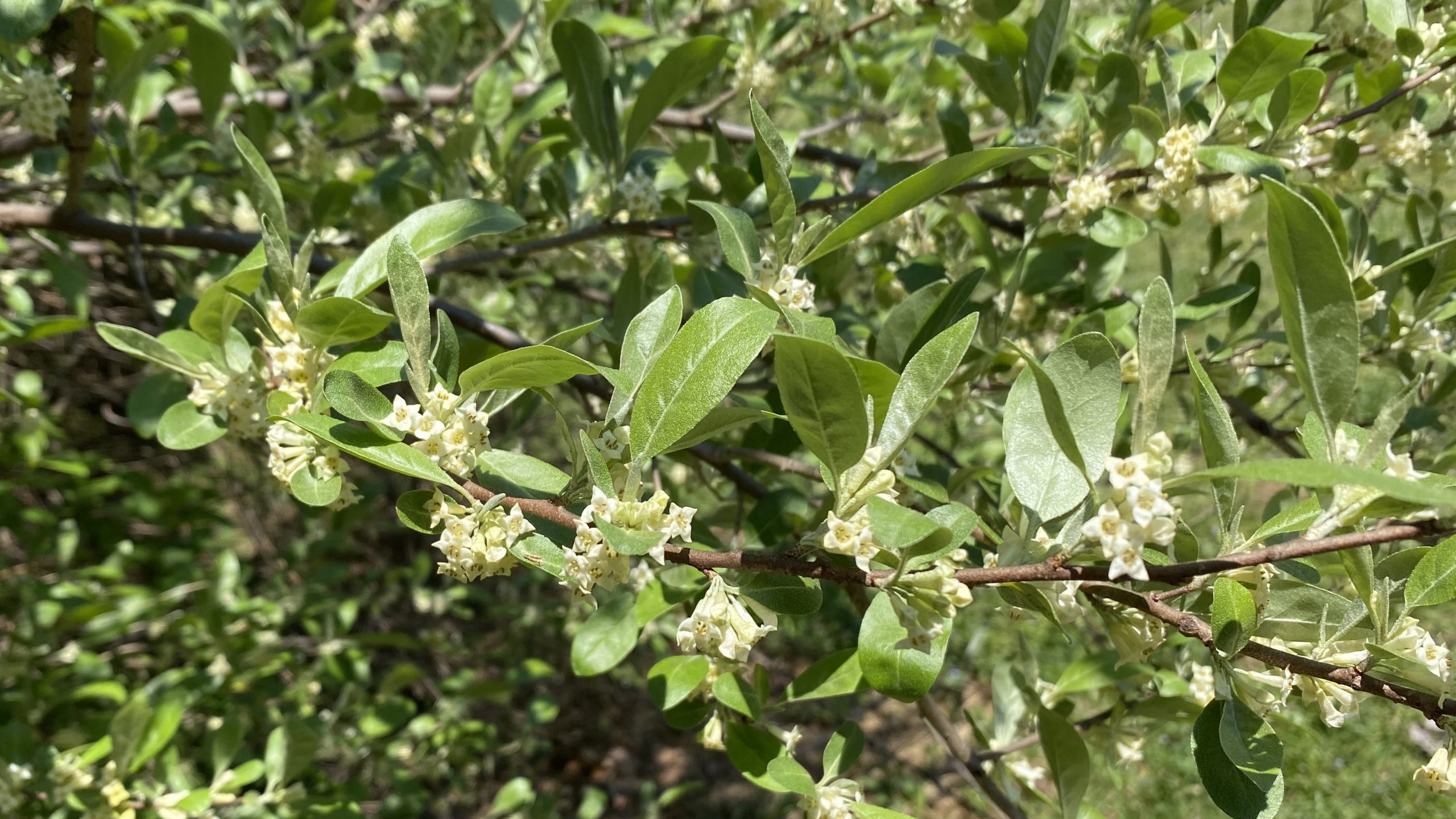
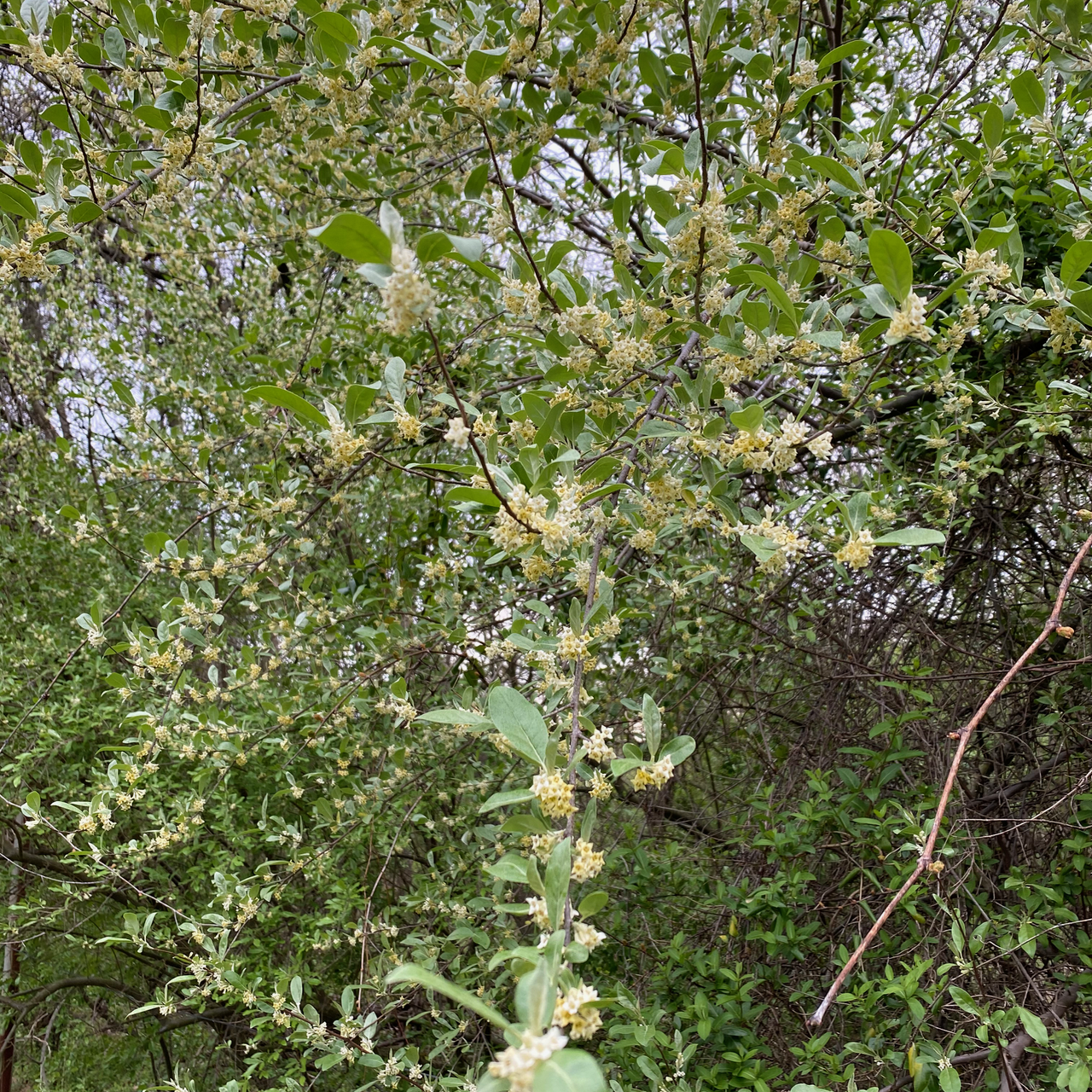
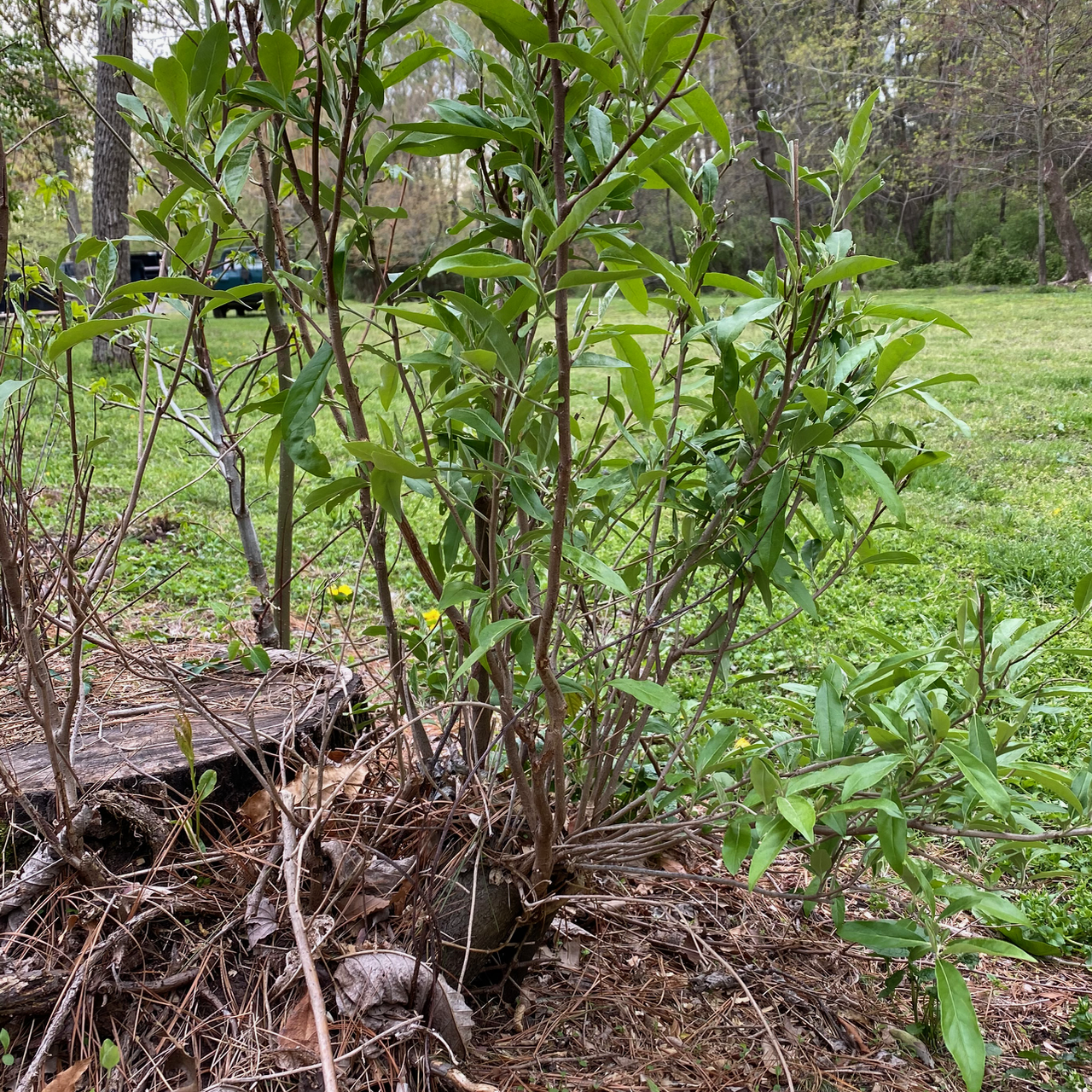
One thought on “Autumn Olive – Elaeagnus umbellata Thunberg”
Comments are closed.